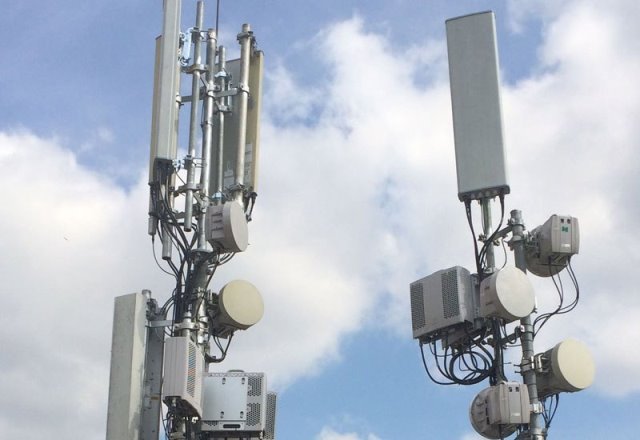Today’s telecom news includes announcements on Ericsson’s Bengaluru ASIC R&D team, SoftBank’s high-altitude network, Huawei’s AI-powered 5G-A uplink technology, among others.

Ericsson Boosts Bengaluru ASIC R&D Team to Drive 5G and Beyond
Ericsson is expanding its ASIC R&D operations in Bengaluru by adding more than 150 roles. The focus is on developing Application-Specific Integrated Circuits (ASICs) to support 5G network evolution. The Bengaluru unit will work on System on Chips (SoCs) used in Ericsson’s Radio System, including RAN Compute, radio, and transport. These chips aim to help service providers implement 5G technology. This expansion is part of Ericsson’s existing R&D presence in India, which includes centers in Chennai and Gurugram. These centers work on transport, packet core, OSS, BSS, cloud, and AI technologies. In 2024, Ericsson started its India 6G program with a research team at the Chennai R&D center.
SoftBank to Launch High-Altitude Telecom Network in Japan, Boosting Connectivity with HAPS Technology
SoftBank plans to launch High Altitude Platform Station (HAPS) telecom services in Japan in 2026. The company has obtained exclusive rights to use Sceye’s HAPS platform in Japan. The project aims to improve disaster recovery and rural connectivity by deploying telecom services from the stratosphere. HAPS technology offers faster response times compared to satellites, making it useful for emergencies and remote areas with limited infrastructure. This initiative is part of SoftBank’s strategy to develop a 3D next-generation network for the 6G era, which will support drone communication and sky-based mobility. By using HAPS, SoftBank intends to build a more flexible telecom infrastructure to address connectivity challenges in underserved regions.
China Telecom and Huawei Launch AI-Powered 5G-A Uplink Technology
China Telecom and Huawei introduced the 5G-A Intelligent Ultra Pooling Uplink technology at MWC Shanghai 2025. This technology enhances uplink speed, reduces latency, and extends coverage by using AI for real-time coordination of network resources. It enables efficient data transmission by combining multiple frequency bands and network access points. The technology supports applications such as connected vehicles, wearable devices, and AI assistants, facilitating the transmission of different types of data simultaneously. It uses an AI-based system to allocate network resources dynamically, which helps manage traffic and maintain stable connections. This innovation demonstrates the use of AI to optimize 5G-A network performance, improving the overall efficiency and capacity of mobile networks.
Maroc Telecom Secures $330mn to Boost 5G and Fibre Expansion Across Africa
Maroc Telecom raised 3 billion dirhams (approximately $330 million) through its first private bond issuance on the Moroccan market. The bond, with a two-year maturity and a fixed interest rate of 2.37 percent, attracted strong interest from institutional investors. The funds will be used to refinance existing debt and invest in strategic areas such as 5G and fiber optic development, customer experience improvement, and innovative solutions for businesses.
Maroc Telecom has entered into a partnership with Inwi to accelerate the deployment of fiber optic and 5G technologies across Morocco. Additionally, Maroc Telecom has partnered with the International Finance Corporation (IFC) to provide loans totaling $425 million to enhance mobile connectivity and mobile internet quality in markets like Chad and Mali.
TelecomLead.com News Desk
